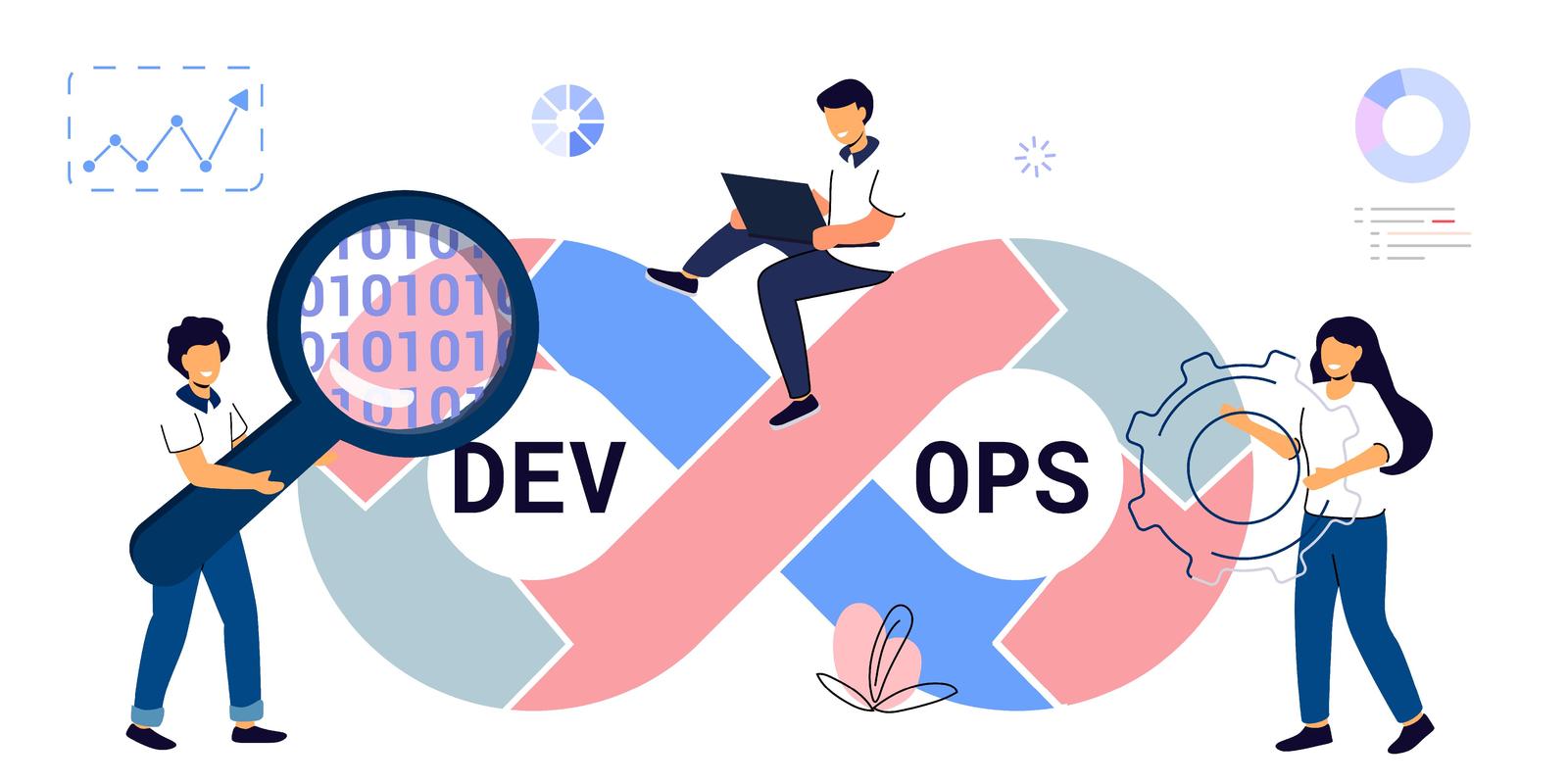
The era of manual software deployments is long gone. In today’s rapid release world, relying on developers to manually build, test, and deploy each code change is a recipe for slow, error-prone delivery. This is where continuous integration and continuous delivery or CI/CD pipeline comes in – automating these processes for faster, safer code deployments.
However, while CI/CD provides immense velocity gains during development, keeping documentation in sync has remained a huge bottleneck. With developers constantly checking in code changes, documentation swiftly becomes outdated.
Virtual Assistant Pete elegantly bridges this gap by integrating with your CI/CD pipeline for real-time, automated documentation. In this article, we dive deep into CI/CD concepts and guide you through integrating Pete for frictionless documentation.
What Is a CI/CD Pipeline?
A CI/CD pipeline automates the software delivery process, from integrating code to deploying releases. It’s comprised of tools chained together to enforce development best practices, including:
- Version control – All code changes are committed to a repository like GitHub. This enables collaboration and maintains a history of code changes.
- Continuous integration – The code is automatically built and unit tested whenever changes are pushed to the repo. This catches issues early.
- Continuous delivery – Code that passes tests can be automatically released to staging environments. This accelerates the release cycle.
- Continuous deployment – In some cases, tested code is automatically deployed to production. This enables rapid delivery.
Benefits of CI/CD Pipelines
CI/CD pipelines provide many advantages for developers:
- Faster feedback – Issues are caught immediately when code is checked in, instead of down the line.
- Reduced bugs – Automated testing catches bugs before they impact customers.
- Improved productivity – Less time wasted on manual tasks means more time for developing.
- Lower risk releases – Incremental code changes are easy to troubleshoot.
- Better collaboration – Shared repositories keep the team in sync.
For these reasons, CI/CD has become a best practice for modern devops teams.
Demystifying Continuous Integration and Continuous Delivery Pipelines
Before jumping into Pete integration, let’s level set on what comprises a CI/CD pipeline. CI/CD can be broken down into three key stages:
Continuous Integration
Continuous integration (CI) is the first step of the pipeline. It focuses on developer workflow – continuously merging developer code changes into a shared version control repository like GitHub.
With each code merge, CI automatically builds the code and runs unit tests to check for errors. By catching issues early, CI enables rapid feedback so developers can rectify problems immediately.
CI is all about enhancing developer productivity by enabling collaborative, rapid, and unit tested code development.
Continuous Delivery
Continuous delivery builds on CI by automating release processes. It takes the code merged by CI and automatically builds, tests, and packages it ready for deployment.
Code is deployed to progressively more production-like environments – from dev to QA to staging. Rigorous testing happens at each stage to ensure the application is always releasable.
Continuous delivery removes tedious manual steps between developers checking in code and deployment to users.
Continuous Deployment
Continuous deployment (CD) extends continuous delivery by releasing code changes automatically into production. Once code passes required tests in earlier environments, CD deploys changes directly to users without human intervention.
This enables extremely rapid and safe feature releases, hot fixes, and updates. For certain types of applications, continuous deployment is the pinnacle of agility through CI/CD.
Together, these parts form an end-to-end automated CI/CD pipeline for frictionless software delivery.
Challenges of Manual Documentation
While CI/CD has transformed coding and deployment, documentation has lagged behind. After each deployment, developers must still scramble to manually update documentation reflecting code changes.
With multiple developers working concurrently, documentation easily becomes outdated. By the time developers update documents, the code has already changed leading to inaccurate documentation.
Other pitfalls of manual documentation include:
- Extremely time consuming and tedious
- Documentation decay across rapid development cycles
- Hinders developer productivity having to document vs code
- Multiple versions floating around causes confusion
- Onboarding delays for new developers without up-to-date docs
These bottlenecks undermine CI/CD velocity gains. Just like manual coding and deployments, manual documentation is unsustainable.
Overview of Virtual Assistant Pete
Pete is designed specifically for auto-generating documentation for SnapLogic projects. With just a click, Pete creates comprehensive documentation including:
- Pipeline diagrams
- Asset details
- Metadata
- Usage statistics
By integrating Pete, teams eliminate manual documentation efforts.
Pete Documentation Workflow
The automated workflow with Pete integrated looks something like this:
- Developer checks in code changes to repository
- Continuous integration server builds and tests code
- If tests pass, code is deployed to staging
- Virtual Assistant Pete is triggered to generate new documentation
- Documentation is published to Confluence or a documentation site
Now documentation always stays up-to-date with the live environment.
Benefits of Integrating Virtual Assistant Pete
With Pete, teams can achieve full automation from development to deployment to documentation. Key benefits include:
- Improved onboarding – New hires have access to accurate documentation.
- Enhanced support – Documentation inconsistencies are eliminated.
- Increased agility – No waiting on documentation changes to release.
- Greater efficiency – No manual documentation efforts wasted.
- Better collaboration – All teams work from the same up-to-date docs.
Integrating Pete for Automated Documentation

Virtual Assistant Pete integration with CI/CD pipelines solves these documentation problems. By automatically generating documentation on each deployment, Pete keeps docs continuously synchronized with code.
Pete integrates at whatever stage documentation is required – whether after CI builds, deployment to staging, or production release. Acting as the fourth pillar, Pete complements CI, CD, and CD to complete end-to-end automation.
The continuous benefits of integrating VA Pete include:
Complete Visibility
Pete provides a real-time documentation window into latest production code. All changes properly documented without relying on developers.
Enormous Time Savings
No more wasting hours manually documenting features, APIs, config changes with each deployment. Pete handles documentation without any effort.
Accelerated Onboarding
New hires get complete onboarding with up-to-date documentation synchronized with live code. Saves weeks of learning curve.
Streamlined Compliance
Pete’s audit trail reports help demonstrate compliance by tracking all changes and documentation history.
By leveraging Pete, teams can finally realize true automated CI/CD nirvana – rapid coding, testing, deployment, and documentation in a single pipeline.
Conclusion
Integrating documentation generation into your pipeline completes the automation relay, seamlessly passing code from development to deployment to documentation. Virtual Assistant Pete grabs the baton of new builds to auto-generate comprehensive docs synchronized with each release. Pete’s native integrations and API triggers make it easy to incorporate into any pipeline.
Going from manual documentation to automated docs with Pete will accelerate your releases from a crawl to a sprint. To start running faster launches while eliminating documentation drudgery, hand off code changes to Virtual Assistant Pete – your documentation relay teammate.
With Pete integrated in your CI/CD pipeline, your development team will speed across the finish line to continuously deliver innovative software along with up-to-date documentation.
FAQ
Integration of continuous integration (CI) in the devops environment speeds up the software development life cycle. It simplifies the development team’s task of integrating new code into the existing code base by automating the process. This allows developers to focus on coding without worrying about breaking anything and provides immediate feedback about any issues in the codebase which improves the quality of the software.vv
Automation and deployment play a critical role in the CI/CD pipeline. Automation simplifies the development workflows. It allows us to run tests automatically to check the newly integrated code instantly for bugs. Continuous deployment, on the other hand, ensures that changes made are moved to the production environment efficiently.
Kubernetes and Gitlab have become popular in the deployment part of the CI/CD pipeline due to their robust features. Kubernetes provides cloud-native support for automated deployment, scaling, and management of applications. Gitlab, on the other hand, provides a unified experience for the entire development lifecycle. It’s a single platform for source code management, CI/CD, and more.
Cloud-native platforms like AWS enhance the CI/CD pipeline in several ways. They provide on-demand scalable resources which makes it easier to manage development, testing, and production environments. Additionally, AWS provides services that support automation, containerization, and orchestration. This enhances the capabilities of the CI/CD pipeline and makes it more efficient.
Integration of VA Pete can contribute significantly to making CI/CD pipeline documentation more streamlined. VA Pete, being an automated assistant, can take care of the consistent documentation while the development and operations teams focus on their core tasks. It ensures less human error and enhances the overall efficiency and software quality in the development lifecycle.

